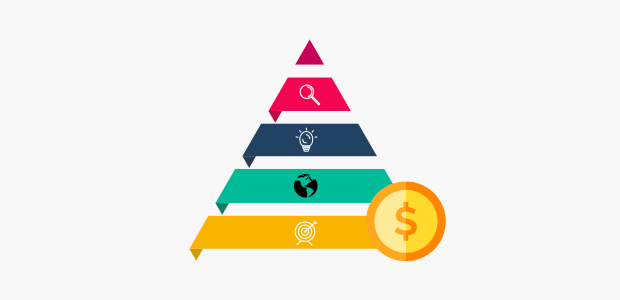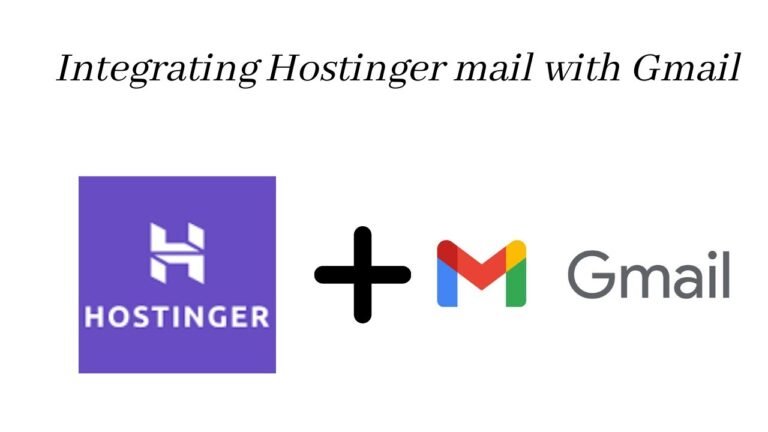What’s In Your GM Notebook? Tabletop RPG Planning Tips
I’ve always loved tabletop RPGs. I’ve spent hours planning my campaigns and creating worlds. The Game Master’s notebook is key to making these adventures great.
We’ll look at what makes a GM’s notebook important. We’ll talk about digital and physical ways to take notes. You’ll learn how to organize battles, stories, and keep players interested. These tips will help you make your game better and create unforgettable experiences for your players.
Essential Components of a Game Master’s Notebook
Your notebook is key for a great tabletop roleplaying game. It’s where you journal, track goals, and manage tasks. This keeps your campaign on track. Let’s look at what every GM’s notebook needs.
Character Tracking Sheets
It’s vital to keep up with your players’ characters. Your notebook should have pages for both player and non-player characters. These pages should cover their backgrounds, skills, and how their stories change.
Campaign Timeline Documentation
Keeping a detailed timeline is crucial as your campaign grows. Your notebook should track important events, plot points, and character changes. This helps you keep the story straight and add to it as it goes.
World Building Elements
- Maps: Detailed maps help players get their bearings and dive into the world.
- Lore: Write down the world’s history, cultures, and special features. This adds depth and makes the world feel real.
- Encounters: Plan and record encounters, like battles, treasures, and other important details. This makes gameplay smoother.
| Component | Purpose | Benefits |
|---|---|---|
| Character Tracking Sheets | Maintain detailed profiles of player characters and NPCs | Ensures coherent character development and storytelling |
| Campaign Timeline Documentation | Record significant events, plot points, and character developments | Preserves narrative continuity and allows for strategic planning |
| World Building Elements | Create maps, lore, and encounter documentation | Enhances player immersion and provides a rich, believable setting |
With these key parts in your Game Master’s notebook, you’re ready to create an engaging tabletop roleplaying game. Your players will love it.
Digital vs. Physical Note-Taking Methods for GMs
Game Masters have to keep track of lots of info. This includes campaign details and player stats. They can choose between digital and physical note-taking, each with its own pros and cons.
Digital tools are great for those who like ease. There are many apps and software for daily planning and self-reflection in tabletop roleplaying. They make organizing easy, searching fast, and notes accessible anywhere. But, some prefer the feel of pen and paper for habit formation and self-reflection.
Physical notebooks offer a focus-free space. They help Game Masters dive into world-building without digital distractions. Writing by hand also sparks different thinking paths, leading to new ideas.
Choosing between digital and physical notes depends on personal taste and game needs. It’s important to try out different methods. Find what works best for your daily planning, self-reflection, and habit formation as a Game Master.
Organizing Combat Encounters and Initiative Tracking
As a Game Master, you must make combat smooth and fun. Use a good system for tracking initiative and managing monster stats. This makes the game better for your players. Here are some productivity tips, organization techniques, and task management tips for you.
Initiative Tracking Techniques
Tracking initiative can be hard, especially in big fights. Use a whiteboard or an app to show who goes next. This makes it easy to keep track and keep the game moving.
- Maintain a centralized initiative tracking system, either physical or digital
- Update initiative order as new combatants join or exit the encounter
- Assign each player and monster a distinct marker or placement on the tracker
Monster Stat Block Organization
It’s important to organize monster stats well. This makes it easy to use their abilities in the game. Use a standard template or pre-made sheets for all the info you need.
- Categorize and group monsters by type, challenge rating, or other relevant factors
- Clearly display key statistics, such as armor class, hit points, and special abilities
- Use color-coding or visual cues to quickly identify important information
With these productivity tips, organization techniques, and task management tips, you can make combat better. Your players will have a more fun and efficient game.
Story Development and Plot Management Techniques
Creating a compelling story and managing the plot are key for Game Masters. We’ll look at ways to plan your story, organize quests, and keep track of player hooks. This will make your campaign more engaging.
Story Arc Mapping
Tracking your story’s flow can be tough. But, a simple mapping exercise can help. Begin by listing the main events, climaxes, and endings. This visual guide will help keep your story straight and make sure player choices matter.
Quest Management Tools
Handling many quests and side missions is hard. But, the right tools can help. Use a spreadsheet or a note-taking app to keep track of each quest. Note its goals, NPCs, and plot points. This keeps your campaign organized and helps players know what to do next.
Player Hook Documentation
It’s important to connect with your players on a personal level. Note their characters’ backgrounds, motivations, and desires. Use this info to create quests that fit their interests. This way, you can make your story more personal and rewarding for everyone.
FAQ
What are the essential components to include in a Game Master’s notebook?
A Game Master’s notebook needs character sheets for players and NPCs. It also needs a campaign timeline and world-building elements. These include maps, locations, and cultural details.
What are the benefits of using digital vs. physical note-taking methods for GMs?
Digital note-taking offers searchability, organization, and easy sharing. Physical notebooks give a tactile experience and less distraction. GMs should pick what works best for them.
How can GMs effectively organize combat encounters and initiative tracking in their notebook?
GMs can use initiative tracking systems and compile monster stats. They can also make quick reference sheets for combat rules. This makes combat scenes smoother and more efficient.
What are some techniques for developing and managing the story and plot in a GM’s notebook?
Good techniques include mapping story arcs and organizing quests. Documenting player hooks helps make the campaign more engaging and immersive.







